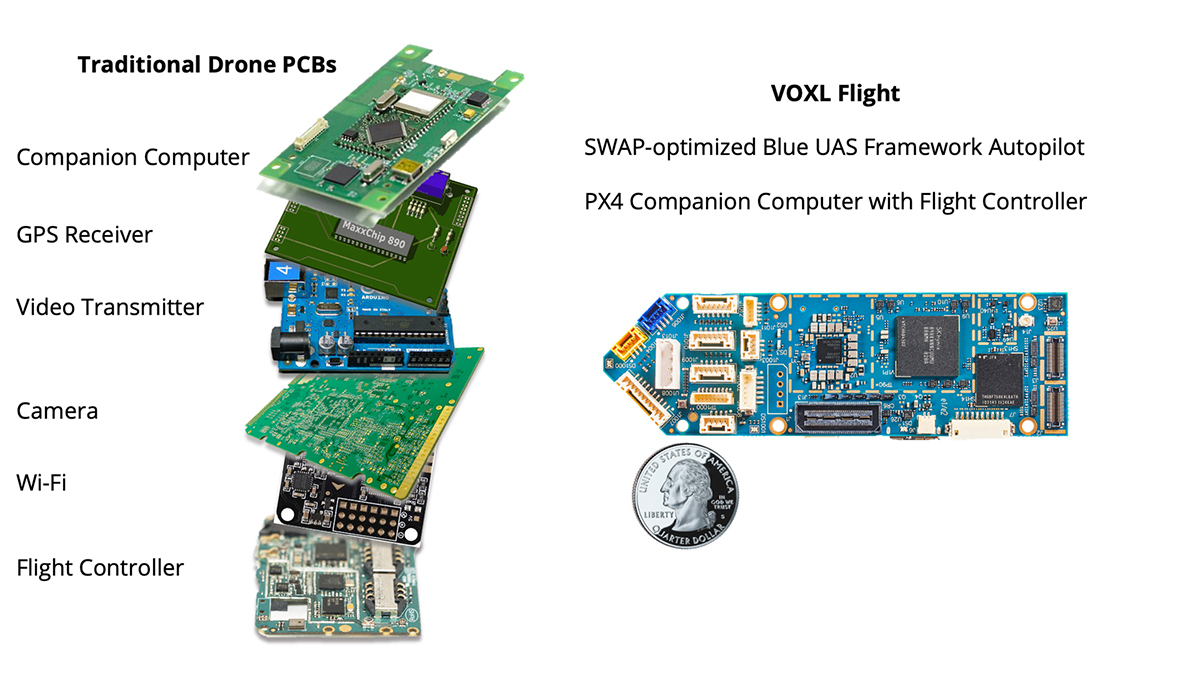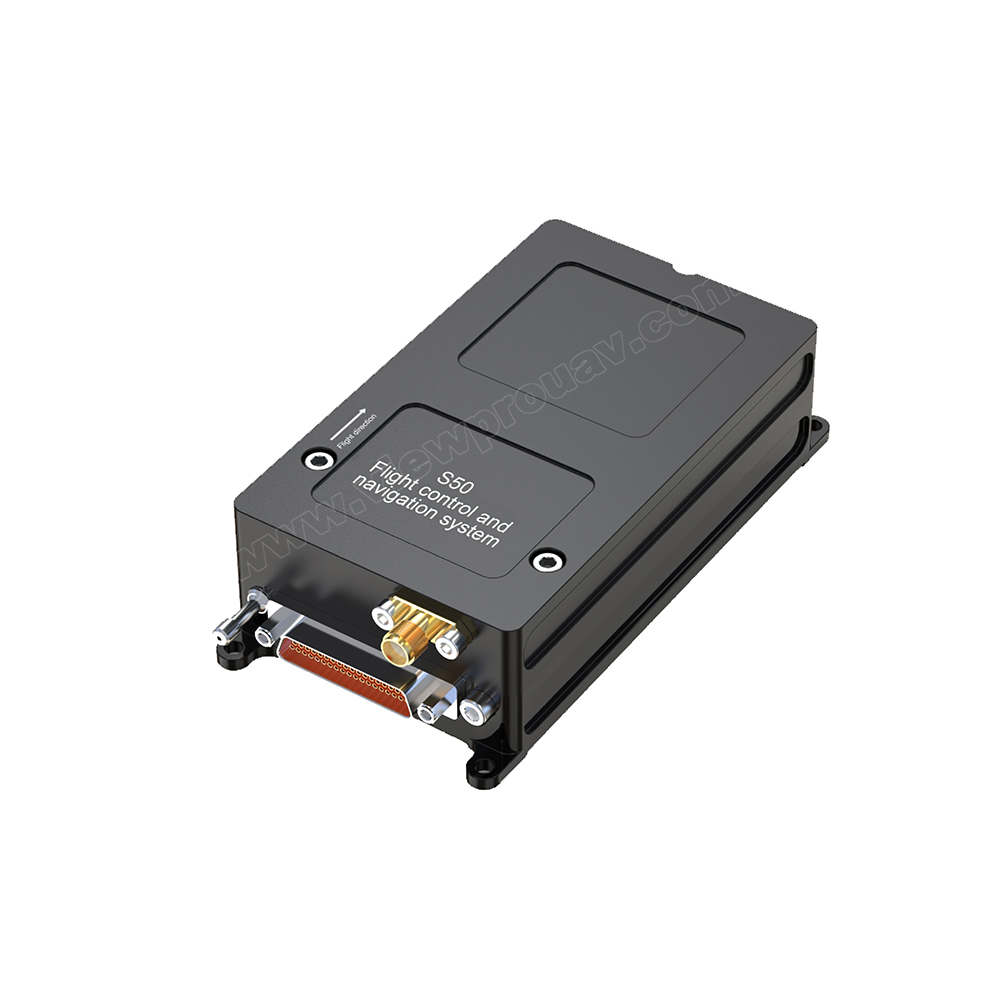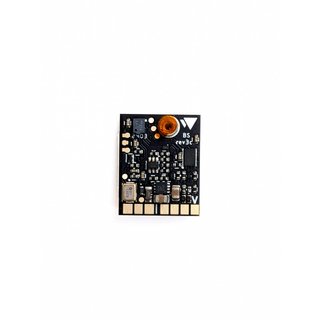Exploring the Role of Drone Trip Controllers in Enhancing Flight Stability and Navigation Performance
The improvement of drone technology has significantly increased the relevance of trip controllers, which serve as the brain of these airborne vehicles. By incorporating real-time information from a variety of sensing units, flight controllers improve flight security and navigation performance, making certain that drones can operate smoothly also in intricate atmospheres. This discussion will certainly explore the vital components that contribute to these enhancements, in addition to the effects for the future of independent trip. What technologies lie in advance that could further change the capacities of drone trip controllers?

Recognizing Trip Controllers
Flight controllers are integral components in the functioning of drones, functioning as the brains that take care of and support flight operations. These innovative gadgets process data from different sensors, consisting of accelerometers, gyroscopes, and GPS, to make sure that the drone preserves its desired flight course. The flight controller interprets this information and implements commands based upon pre-defined algorithms, enabling the drone to react to ecological modifications, such as wind or barriers.
The key function of a flight controller is to maintain security during flight. It attains this by making real-time changes to the drone's electric motors and control surfaces, guaranteeing balance and control. Furthermore, modern trip controllers include advanced functions such as waypoint navigating, allowing for automated flight paths and boosted operational efficiency.
Comprehending the architecture of flight controllers is important for both specialists and hobbyists. As technology breakthroughs, flight controllers have come to be a lot more qualified and small, integrating fabricated intelligence to adjust and enhance decision-making processes to complex trip scenarios.
Trick Elements of Trip Stability
Achieving optimal flight security in drones counts on a number of vital elements that function in performance to make certain controlled and smooth operations. Central to this security is the flight controller itself, which refines data from various sensing units to preserve the preferred flight perspective. This includes accelerometers and gyroscopes that gauge movement and alignment, permitting real-time modifications to the drone's position.
One more essential part is the digital speed controllers (ESCs), which control the power delivered to the motors. By finely adjusting electric motor rates in response to trip controller commands, ESCs aid keep equilibrium and combat disturbances created by wind or unexpected movements.
Additionally, the design of the drone's framework plays a crucial role in flight stability. A well-structured frame lessens resonances and boosts the overall aerodynamic account, adding to smoother trip features. The assimilation of innovative formulas within the flight controller help in predictive modifications, guaranteeing a adaptable and responsive flight experience.
Together, these elements form a cohesive system that enhances a drone's stability, permitting for exact handling and enhanced performance in various flight problems.
Navigation Effectiveness Techniques
Efficiency in navigating is crucial for enhancing drone operations, specifically in complex environments. Efficient navigation techniques improve the capacity of drones to pass through challenging terrains and stay clear of barriers, therefore improving functional efficiency and safety.
One prominent method is the execution of sophisticated GPS and inertial dimension units (IMUs) that give specific area monitoring and orientation data. These innovations permit drones to compute ideal trip courses in real-time, taking into account various variables such as wind problems and potential barriers.
Another method includes the usage of formulas for course preparation and optimization. Formulas such as A * and Dijkstra's algorithm can be released to figure out one of the most reliable route while reducing energy intake and trip time. Integrating maker discovering models can enable drones to adaptively find out from their environments, enhancing navigation capabilities with experience.

Effect On Autonomous Drones
The combination of sophisticated navigating techniques has actually profoundly transformed the abilities of independent drones, enabling them to run with better autonomy and precision. SparkNavi drone flight controller and GNSS/INS made in taiwan. These enhancements are mostly credited to advanced flight controllers that make use of real-time information handling and sensor combination, allowing drones to browse intricate environments flawlessly
The influence on independent drones prolongs beyond simple navigating; it encompasses enhanced challenge evasion, improved stability view it throughout vibrant conditions, and increased goal integrity. By leveraging algorithms that incorporate artificial intelligence and expert system, drones can adapt to altering scenarios, making notified decisions that optimize their flight courses while decreasing dangers.
In addition, the application of robust trip controllers has facilitated the implementation of intricate tasks, such as airborne examinations, delivery solutions, and farming tracking, with very little human intervention. This ability not only streamlines operations however additionally lowers human mistake, therefore boosting overall safety and security.
Because of this, the functional scope of self-governing drones has expanded dramatically, making them essential devices in numerous industries. Their capacity to carry out effectively in varied situations underscores the essential function that progressed flight controllers play fit the future of unmanned airborne systems.
Future Trends in Trip Control
Frequently, innovations in flight control modern technology are positioned to redefine the landscape of drone operations in the coming years. Emerging fads indicate a significant shift towards boosted fabricated intelligence (AI) integration, enabling trip controllers to process real-time data a lot more successfully. This development will certainly help with better decision-making abilities, permitting drones to adjust to dynamic ecological conditions autonomously.
Furthermore, the execution of artificial intelligence formulas is anticipated to boost anticipating maintenance, therefore lessening downtime and extending the lifecycle of drone parts. This proactive strategy to visit the website maintenance will be essential as drone applications increase throughout numerous industries, from farming to logistics.

.jpg)
Last but not least, advancements in safe interaction methods will resolve security and regulatory concerns, ensuring that drones can operate perfectly in busy airspaces (SparkNavi drone flight controller and GNSS/INS made in taiwan). Collectively, these fads aim towards a future where flight control systems are not only smarter and much more reliable but also qualified of running securely in a progressively integrated airspace
Conclusion
In verdict, drone trip controllers are important to improving flight security and navigating effectiveness with the sophisticated handling of sensor information. By keeping optimal trip perspectives and employing innovative algorithms for course optimization and barrier avoidance, these controllers significantly add to the autonomy and operational safety of drones. As technology continues to develop, even more innovations in trip control systems are prepared for, guaranteeing better performance and increased capacities in the realm of unmanned aerial vehicles.
By incorporating real-time information from a range of sensing units, trip controllers improve flight security and navigating efficiency, ensuring that drones can run efficiently also in complex environments.Trip controllers are integral parts in the performance of drones, offering as the minds that take care of and maintain flight operations. In addition, contemporary trip controllers integrate sophisticated attributes such as waypoint navigating, permitting for automated flight courses and improved operational performance.
Central to this stability is the flight controller itself, which refines data from numerous sensors to keep the wanted trip mindset.In conclusion, drone trip controllers are essential to improving trip stability and navigation performance via the sophisticated processing of sensor data.